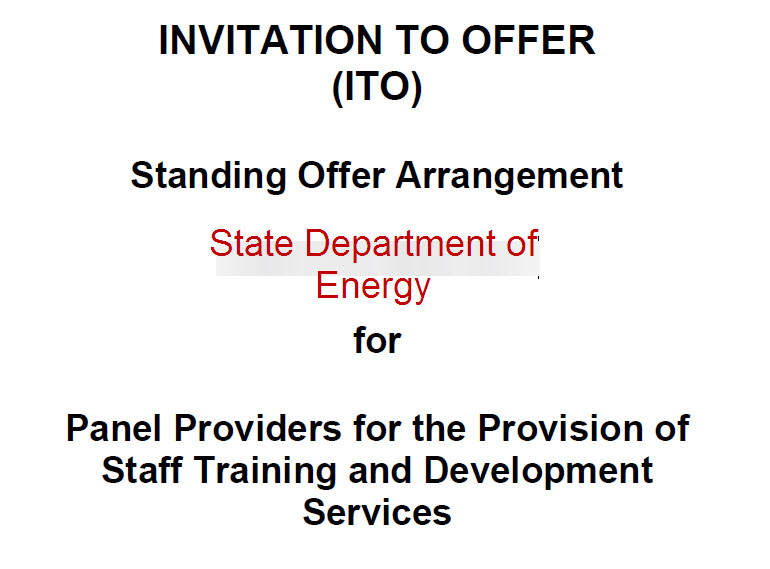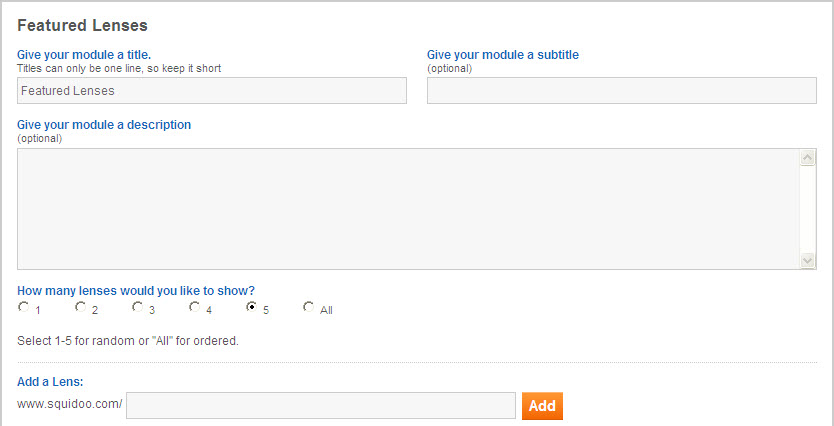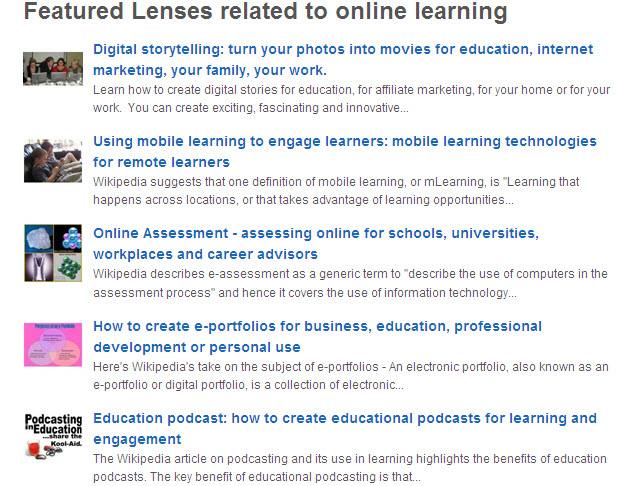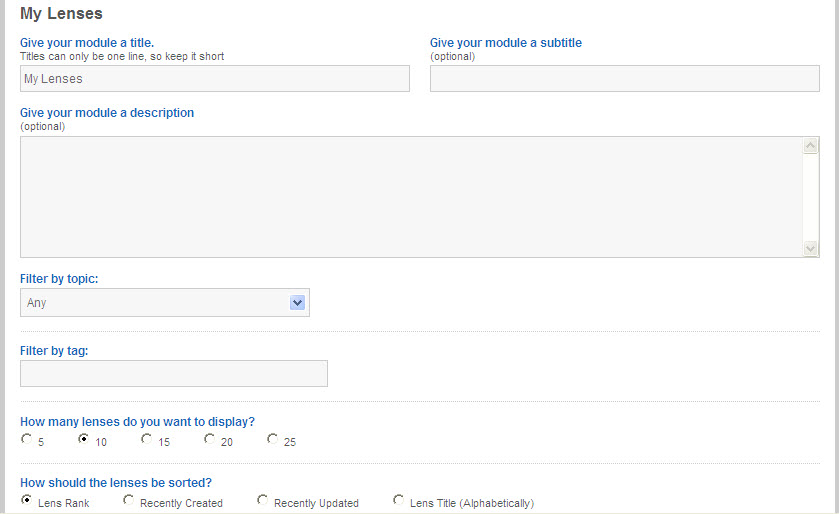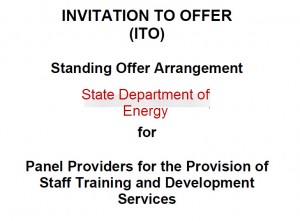
Business to business is a tough arena for small businesses in slow economic times and the online tender process may prove to be the lifeline for many such organizations. Small businesses engaged in consultancy, such as our human resource consultancy business, rely heavily on the business to business market and hence the tender process is critical to their survival.
Business to business (b2b marketing) involves supplying goods and services to other businesses rather than to individuals. In slow economic times, other businesses may limit their purchases of goods and services thus making the business to business market even more competitive than normal. In tight economic times, the tender process can make the difference between survival and going out of business.
So, if your small business is engaged in business to business marketing, what can you do to improve your success with the tender process? Well, the starting point, is to reframe your view of the tender process itself.
The tender process: chore or opportunity?
Having to complete and submit an online tender can become a real chore. If your success rate is low, you will have to do multiple tenders. So the first thing that happens is that you tend to rush the tender process, use generic templates, slap something together and hope for the best – all activities guaranteed to increase your failure rate. There is a parallel here to people who use generic job applications when applying for job after job.
One way to reframe the task of having to complete and submit a tender, is to see it as one of the purest forms of marketing. This is hard to imagine as you work late for many days to complete the multiplicity of forms and answer the endless questions.
However, when we look at the definition of ‘marketing’ (vs selling), we can see that the tender process has a lot to commend itself for small business marketing. One way to look at marketing is to define it as:
Providing a target market (group) with a needs-satisfying offering.
So with a tender, you have a respresentative of your target market (a public or private sector organization) spelling out what their needs are (their requirements), identifying their desired target group and offering you the opportunity to put forward a “needs-satisfying” offering (product or service).
When you think about all the information and resources on market research and the time you spend on trying to identify the needs of your target market, it is hard to acknowledge that a tender gives you all this “on a plate” – it specifies needs and ideal target sub-group and spells out ‘delivery’ expectations.
How, then, can you capitalise on your new mindset that enables you to view a tender proposal as a signifcant small business marketing tool?
How to win that tender – mastering this element of small business marketing
A tender gives you a unique opportunity to present your capabilities and your offering to a really interested party. This could lead to a new client and substantial long-term work. I know this for a fact as one of our successful tenders led to AUD $1.6 Million worth of work over four years.
A tender always takes longer than you expect (even allowing for computer or printer breakdowns at critical points). [I think sometimes even the equipment feels the strain of meeting the tender deadline.] So it is essential to develop a plan of attack for tenders and have appropriate processes in place.
Lessons from managing the development of proposals and submission of tenders
Here are some key lessons we have learnt (and are still trying to implement):
- Allow plenty of time for development of the proposal (start when the tender arrives, not a week or two later)
- Keep the profiles of staff/consultants up-to-date
- Read the Tender Document or Invitation to Offer (ITO) very carefully and highlight signifcant points
- Read documents recommended by the Client (e.g. strategic plan) and thoroughly research the Client’s website (for future directions, organizational values and goals and fundamental philosophy).
- Identify a proposal coordinator (someone to get information off all parties involved)
- Identify a proposal collator (someone to get all the bits and pieces together in the format required by the Tender Document/ITO)
- Have a meeting of all involved parties at the outset so that everyone knows what the focus of the proposal is and what information is required, in what format, by when
- Collect the routine information while people are writing the more creative bits of the tender proposal (you don’t want to leave this routine stuff to the very end – for example, start collecting copies of qualifications, insurance documents, etc at the outset)
- Make sure you address the Ciient’s expressed needs (goes without saying) and carefully craft your statement about “your undersanding of our needs”.
- In the proposal, demonstrate the fact that you have read and understood the reommended documents and the information on the organization’s website
- Set your subnission deadline to be at least a day ahead of the actual final deadline date and time (to allow for any unforseen circumsatances)
- Allow plenty of time for upload of your tender proposal in online tendering situations (eveyone tends to leave it to the last minute so there is often an overload situation) … the dealine time is becoming increasingly immovable and the online tendering system typically closes down immdiately the deadline is passed, thus blocking any further submissions.
- Ensure that your website reflects the area(s) of competence that you are tendering for (increases your credibility).
When you come to the tender process, you will appreciate even more the good work you have done in creating a professional website and maintaing a regular schedule of blog posts around your areas of competence and the products/services you are offering.
Tender submission is a critial element in small business marketing in the professional services sector, as this sector often relies heavily on business to business marketing.



